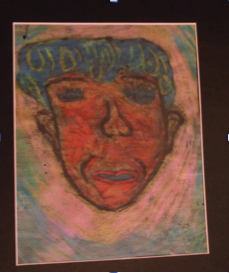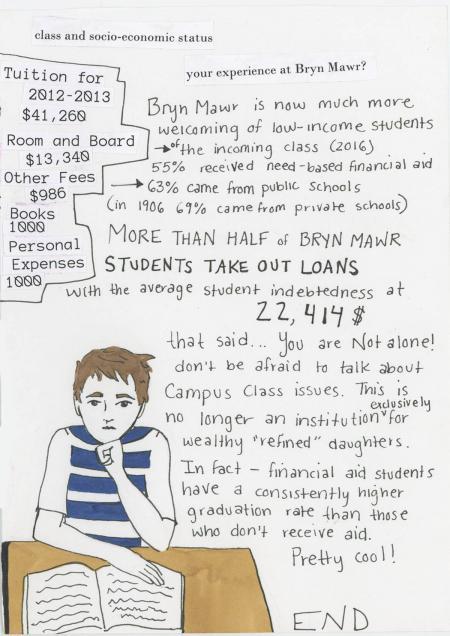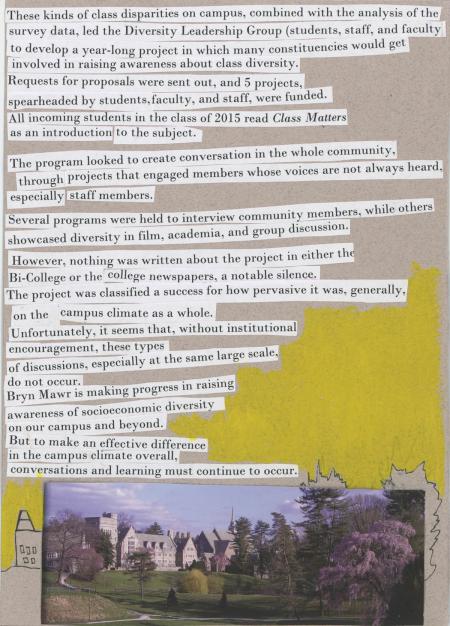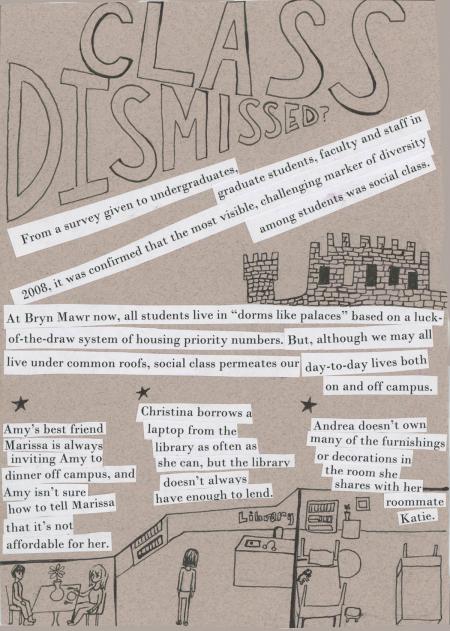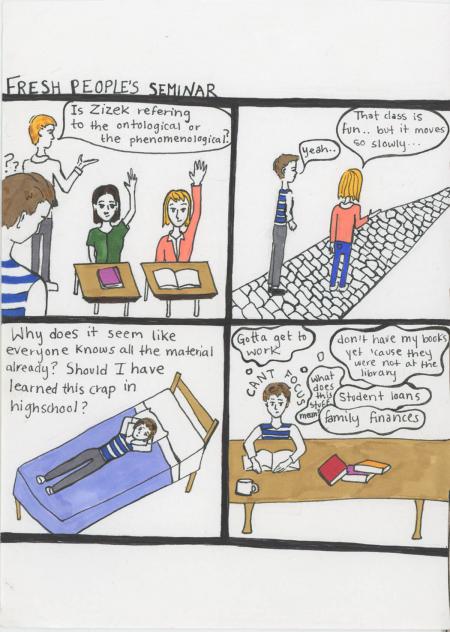Serendip is an independent site partnering with faculty at multiple colleges and universities around the world. Happy exploring!
Our Personal Journey: A Self Evaluation
“Don't cry because it's over, smile because it happened.”
I want to say my adventure in Ecological Imaginings was like a journey. Each time I sent in a paper I learned something new, although in some papers I still made the same mistakes over and over. While I am a little disheartened that my Esem is coming to a close, the trials and errors in my writing also reflect the trials and errors that were happening in my life. In high school all I was writing was formal paper after formal paper, I felt like I was never able to take a risk for fear of a bad grade. In the beginning it was difficult deciding how exactly I was supposed to write. I was given the freedom to experiment that is something I had not normally been able to do. I think this is what set the bar for my writing this year early on. I tried not to have the same structured five-paragraph essay each time, which is what I had done repetitively in high school.

Continuing the Conversation: Women in Walled Communities Exhibition
Use this space to post thoughts, questions or reactions from the workshop.
Eco Walk: a Rap
Eco Walk (parody of Macklemore’s Thrift Shop ft Ryan Lewis)
By Zoe Holman and Claire Johnson with special thanks to Roux
We’re gonna grab some leaves
Throw them up in the a-air
I-I-I’m searching looking for a meaning
We are eco walkers

Creative v. Socially Conscious: The (False) Separation
I wrote my third memo about the ways in which our art projects connected back to the socially conscious thinking we'd been doing before going into the prison.
